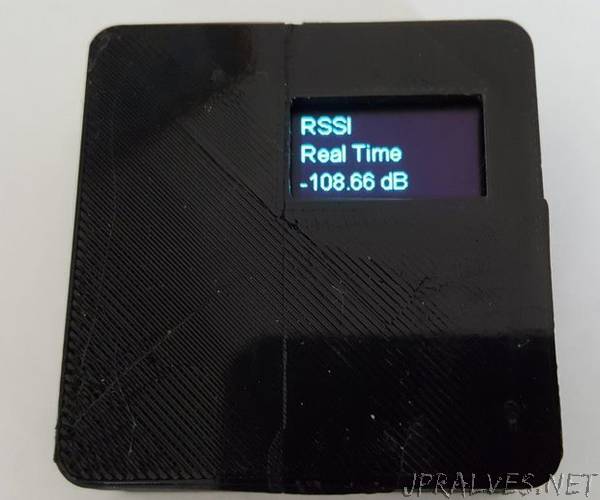
“This instructable creates a measurement instrument to help analyse RF 433MHz transmissions which are commonly used for low power remote communications in home automation and sensors. It could probably be easily modified to work 315MHz transmissions used in some countries. This would be by using the 315MHz version of the RXB6 instead of the current 433MHz one.
The purpose of the instrument is two fold. First, it provides a signal strength meter (RSSI) which can be used to examine coverage around a property and find any black spots. Secondly it can capture clean data from transmitters to allow easier analysis of the data and protocols used by different devices. This is useful if trying to design compatible add-ons to existing units. Normally data capture is complicated by the background noise present in receivers producing lots of spurious transitions and making it more difficult to discover the true transmissions.
The unit uses a RXB6 superhet receiver. This uses the Synoxo-SYN500R receiver chip which has an RSSI analog output. This is effectively a buffered version of the AGC signal used to control the gain of the receiver and gives signal strength over a wide range.
The receiver is monitored by an ESP8266 (ESP-12F) module which converts RSSI signal. It also drives a small local OLED display (SSD1306). The electronics can also capture timing information on data transitions.
Captures can be triggered locally by a button on the unit. Captured data is saved to files for later analysis.
The ESP12 module runs a web server to give access to the files and captures may also be triggered from here.
The instrument is powered by a small LIPO rechargeable battery. This gives a reasonable run time and the electronics have a low quiescent current when not in use. “
